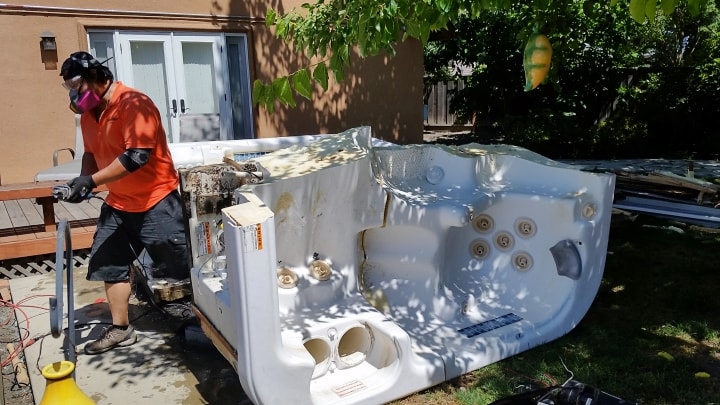Waste disposal is either putting waste in water or onto land. Waste is taken to offices where the waste is for all time contained and can forestall the arrival of poisons into the climate. While discarding strong waste, it frequently is put ashore in a landfill. Fluid waste is discarded in infusion wells that cover the decline profound underground. These wells are firmly observed to forestall spillage of hurtful contaminations into the drinking water.
History of Waste Disposal
The disposal of waste was not generally so painstakingly checked. In the eighteenth 100 years in Britain and France, individuals with trucks were paid to complete waste of town and discard it. Nonetheless, from that point forward our garbage has become more confounded and cannot just be put in that frame of mind in the ground. We have a wide range of kinds of waste and they should be discarded appropriately to forestall tainting the climate.

Kinds of Waste
There are a wide range of kinds of waste and it is ordered by its physical, compound, and natural qualities. One of the significant ways it is characterized is by consistency; whether it is strong or fluid waste. To characterize as a strong waste the material should contain fewer than 70% water. This characterization frequently includes materials, for example, family trash, modern wastes, mining waste, and some oilfield wastes. Fluid wastes should be under 1% strong and is frequently from wastewater. Wastewater frequently contains elevated degrees of broken down salts and metals. Muck is the last consistency characterization; being somewhere close to a fluid and a strong. How would we discard it?
There are different ways that we discard rubbish and waste. Landfill use is the most well-known and can represent over 90% of the nations civil waste. Nonetheless, landfills have been demonstrated to defile savoring water a few districts. Landfills are the most practical approach to arranging; assortment and transport addresses 75% of the all-out cost included. In present day landfills, the trash is extended far in compacted layers and afterward is covered by new earth in San Jose Waste Disposal. Landfills limit contamination by coating the opening, shaping the fill, compacting and establishing the top cover layer, redirecting waste, and by picking locales that are not frequently impacted by flooding or high groundwater levels.
Natural materials that contain next to zero weighty metals can be detoxified organically. This is frequently finished by fertilizing the soil and land cultivating; where waste materials are spread over a huge area of land with the goal that organisms can undoubtedly attempt to decay them. Notwithstanding, dangerous wastes should be detoxified before they drain into the groundwater causing water defilement. Nowadays, recyclable materials are taken out from civil waste by destroying, attractive detachment of metals, screening, and washing.